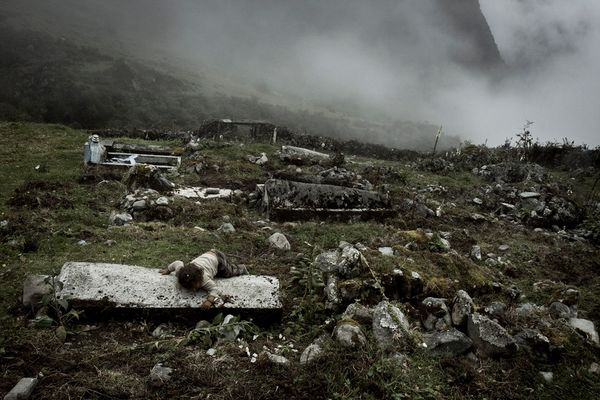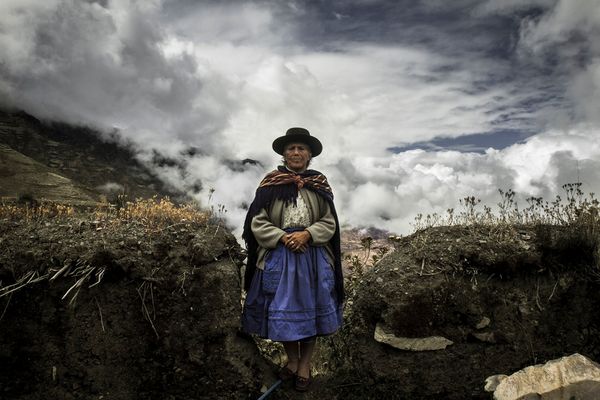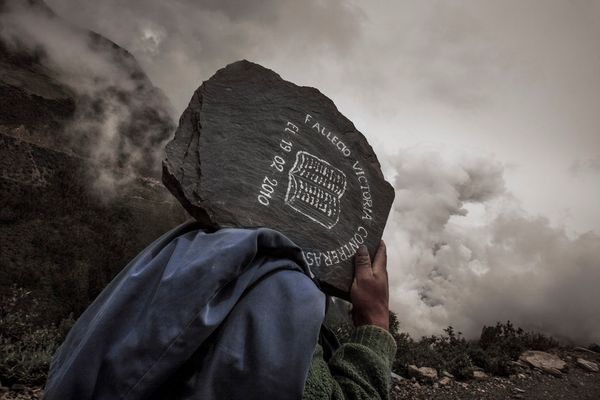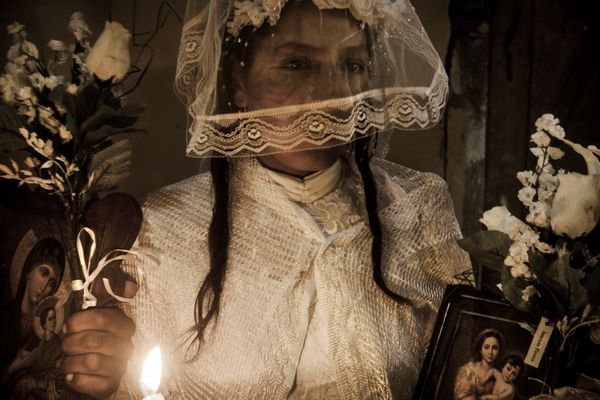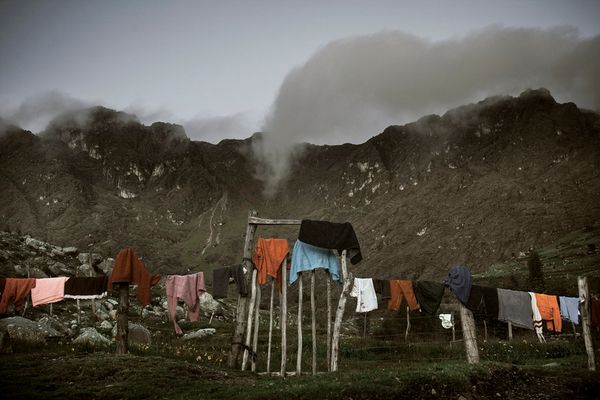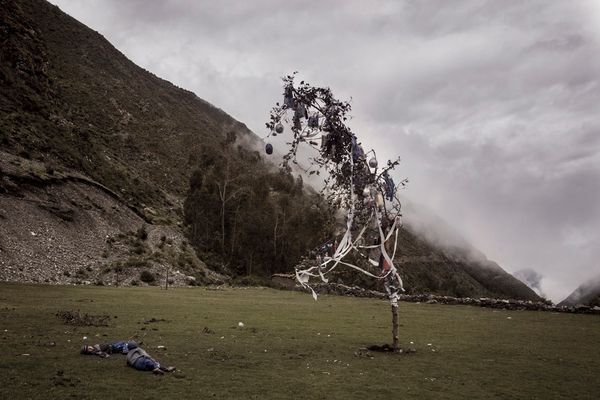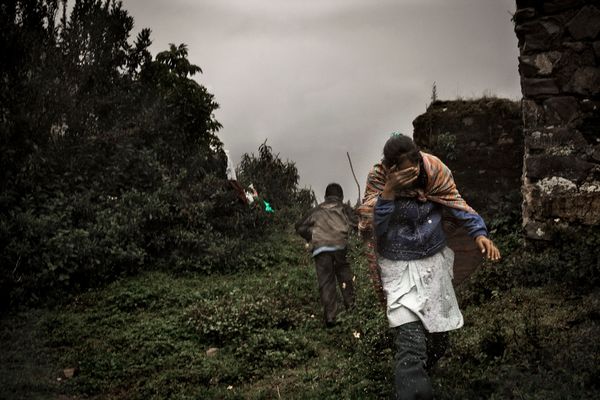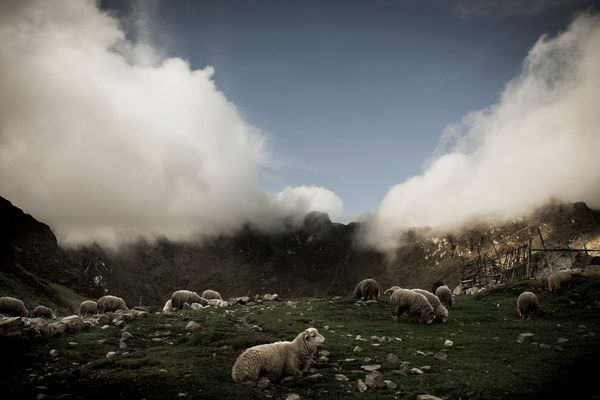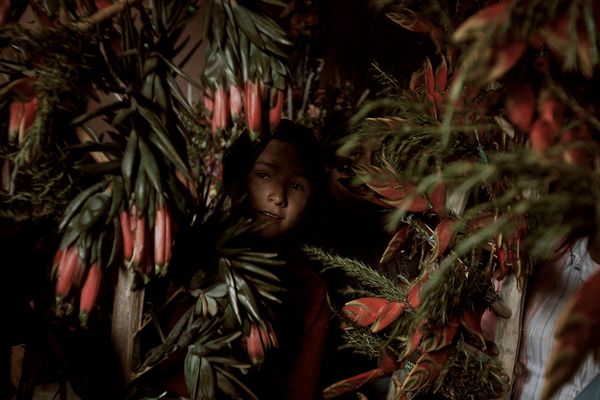Chungui: Journey to the center of oblivion
-
Dates2010 - Ongoing
-
Author
Chungui: Journey to the center of oblivion In the district of Chungui, Ayacucho, Peru, there’s a foundational myth that strikes people’s imagination the most.
Chungui: Journey to the center of oblivion
In the district of Chungui, Ayacucho, Peru, there’s a foundational myth that strikes people’s imagination the most. From the countless versions that exist, this is one of them: when Dominican monks arrived to the district during the first part of the Spanish Conquest, there was a drunken and insolent local chief ‘a curaca’ who irrupted into the church and threw down the chalice and the world descended into darkness. The curaca transformed into a jaguar and started chasing and devouring people. Only when the saints resurrected, the jaguar was dominated with lashes and fire. When peace was restored, survivors resettled.
Thirty years ago this myth adjoined reality.
Chungui is a distant district located in the region of Ayacucho, which was ‘according to the Truth and Reconciliation Commission’, one of the most affected Peruvian villages during the political violence and armed conflict time, between 1980 and 1995. Chungui’s territory, of around 1000 square kilometers, was the scenario of multiple slaughters caused by both subversive organization Shining Path and Peruvian Policing Agencies (Army and Police forces). Currently, that same area contains 320 mass graves with the remains of more than 1,384 victims, waiting to be acknowledged by their families, mostly orphans and survivors of such harsh time.
Today, most of Chungui’s population lives in extreme poverty, and also trying to recover from the trauma that meant so violent in years past decades.
The restoration of celebratory expressions and life-death rituals is interrupted by the still slow exhumation process of the victims and disappeared people of those brutal years. Along with this restoration, Chungui’s population is concerned with recovering their relatives’ bodies.
Many of Chungui’s small hamlets do not have electricity or water supply, not even highways or healthcare centers. Since there are not highways, people have to make long walks of around 6 to 12 hours to move their products to a sales point.
Nowadays, the scenario in these towns has a common background: the presence of poverty, as well as the restoration of celebratory expressions and rituals of life. This convalescence appears blocked by the still slow process of exhuming victims’ remains and by the people disappeared during those brutal years.
This current series aims to revisit these places in order to see the post-conflict every-day life, and to make visible the stories of this silent mourning.

